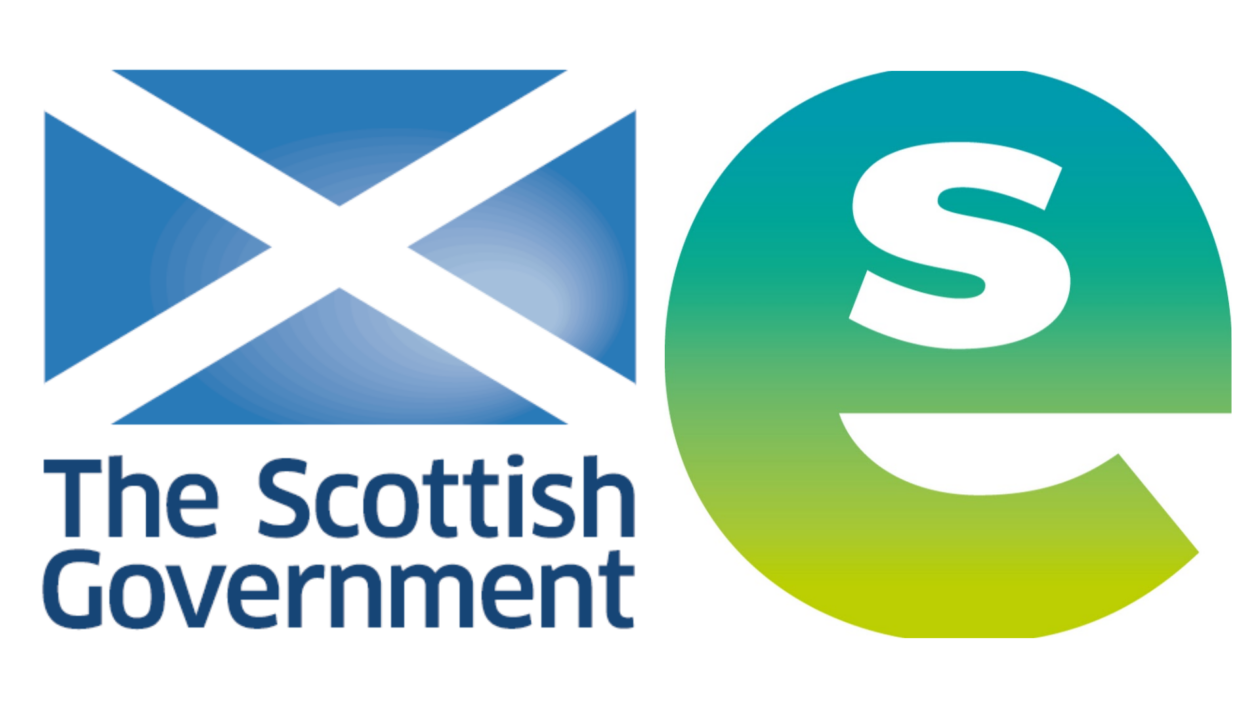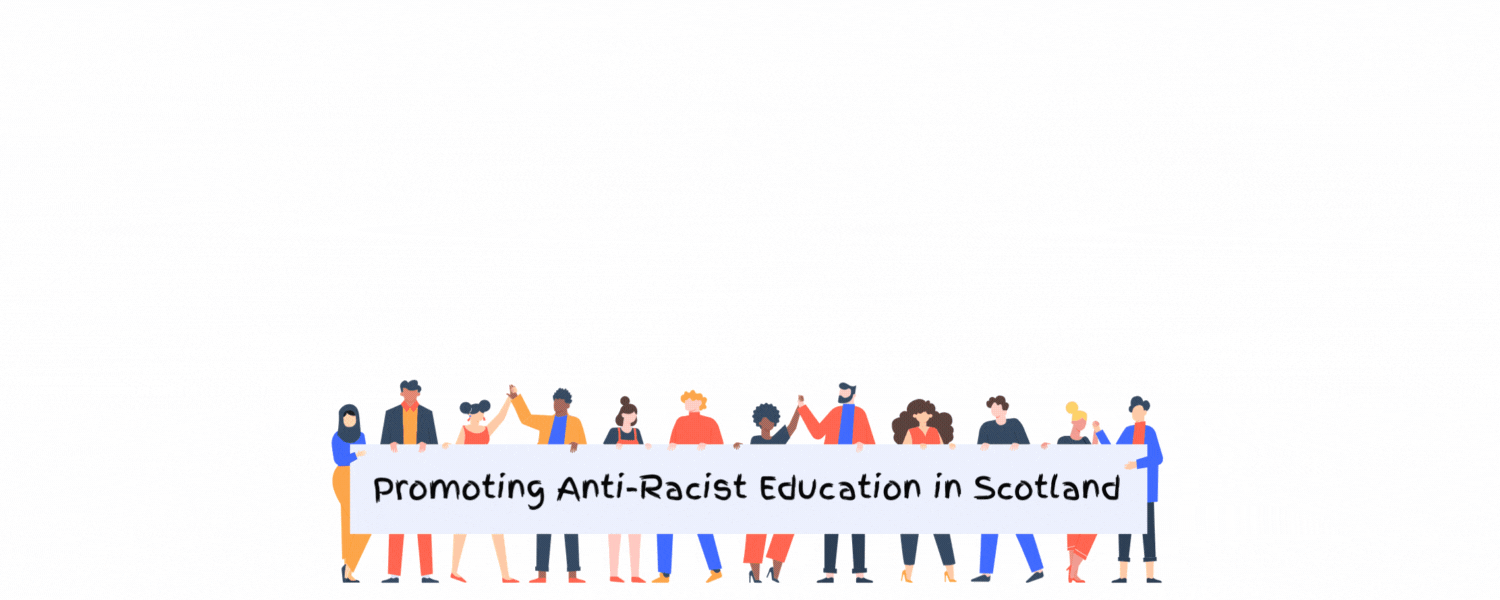Practitioner Considerations
At the Early Level, it is unlikely that children can articulate what diversity is or means to them, it is therefore important to be careful not to try and manufacture discussions but instead be ready with clear and helpful answers to any questions asked by children. The normalisation of diversity in books or resources and their availability to allow learners to explore is the important factor to help embed these values in our young children.
Children should not be discouraged from noticing and discussing differences in skin colours. Psychologist Beverly Tatum’s research shows that children not only recognise race from a very young age, but also develop racial biases by ages 3 to 5 that do not necessarily resemble the racial attitudes of the adults in their lives. Not talking about race and racism sends a message to children that it is a taboo topic, no matter what age. Affirming children’s questions and comments about race is a powerful tool to avoid making them feel that conversations about anti-racism are negative. Open conversations about race at a young can also help reduce the internalisation of racial stereotypes.
- Tatum, B. D. (2017) Why Are All the Black Kids Sitting Together in the Cafeteria?
- How to talk to kids about racism: An age-by-age guide
- The Foundation Stage Forum (FSF) – Home of Early Years Foundation Stage
- Post-Workshop Cheat Sheet: Reflections on Difficult Conversations about Race
- Raising Race Conscious Children
- 100 race-conscious things you can say to your child to advance racial justice – Raising Race Conscious Children
When modelling lessons, practitioners should aim to use a variety of character names, again representing different faiths and cultures. This is important for all classrooms, not just those that include minority members.
| Early Level | |
| Experiences and outcomes | Possible activities |
| I enjoy exploring and choosing stories and other texts to watch, read or listen to, and can share my likes and dislikes. LIT 0-01b / LIT 0-11b | Children could explore different picture books together during play and storytelling sessions. As they share stories children might consider the diversity of characters in the illustrations, cover and author, making connections to their own experiences and the world around them. This could encourage children to choose books which positively reflect diversity.
There are a number of resources to help children explore racial diversity in the books available to them. Research information is available to reveal the percentage of books which feature a Minority Ethnic character, author or illustrator. At early level resources such as texts should be available to children to explore, but conversation around them should not be forced. The aim is to normalise the representation of different skin tones, cultures and ethnicities so that difference is not seen as a deficit but as a common feature of humanity.
The addition of fairy or traditional tales and music from around the world support the development of literacy skills. Parents and families could be involved in this process as part of wider family engagement. |
| To help me understand stories and other texts, I ask questions and link what I am learning with what I already know. LIT 0-07a / LIT 0-16a / ENG 0-17a | As children explore texts they might discuss how cultures/ethnicities are featured. As children play and engage with texts might ask questions to explore some cultures/ethnicities which may be familiar or new to them. |
| I enjoy exploring events and characters in stories and other texts, sharing my thoughts in different ways. LIT 0-19a | As children engage with different texts in play and discussion, they are given the opportunity to see how ethnicities and cultures are featured in the setting, characters and storyline. |
| Within real and imaginary situations, I share experiences and feelings, ideas and information in a way that communicates my message. LIT 0-26a | Children could explore diversity in the range of texts all around them by looking at stories, print and images in the setting and their local community. As they follow their interests and experiment with writing they might create their own texts which feature diversity or which feature their own culture and background. |
| I enjoy exploring events and characters in stories and other texts and I use what I learn to invent my own, sharing these with others in imaginative ways. LIT 0-09b / LIT 0-31a
|
As children have the opportunity to explore a range of texts which feature diversity, such as stories, television programmes and films they are likely to create their own response through play. Children could create their own characters and events which feature diversity and positive role models. This could emerge through, storytelling, mark making/writing, role play etc. |


